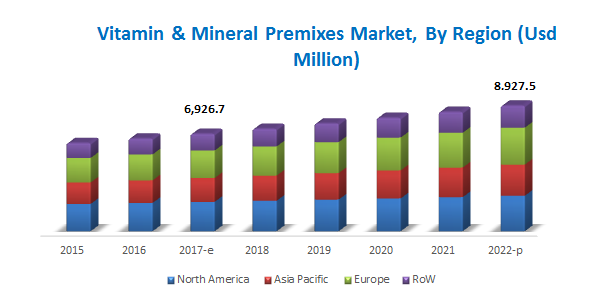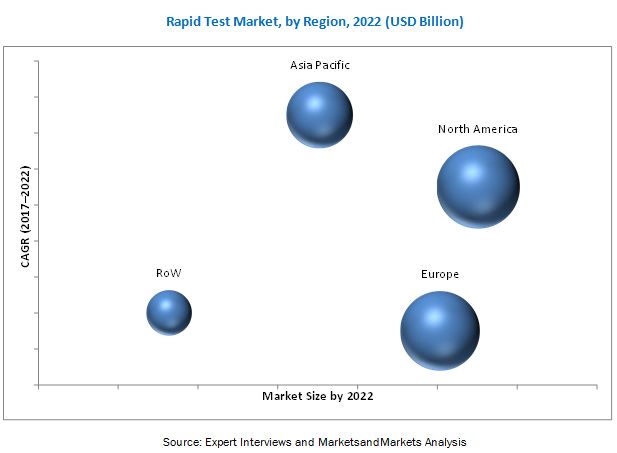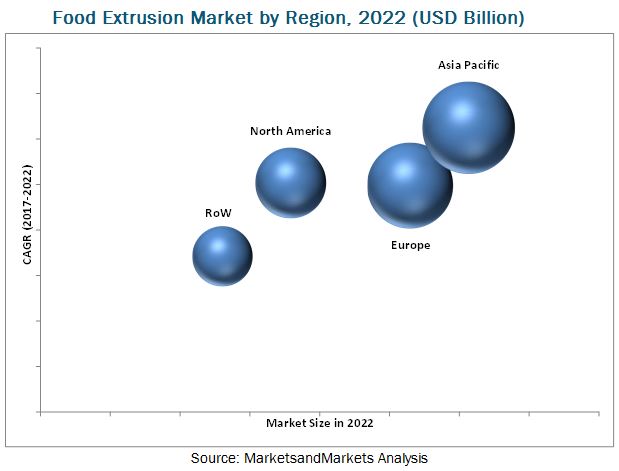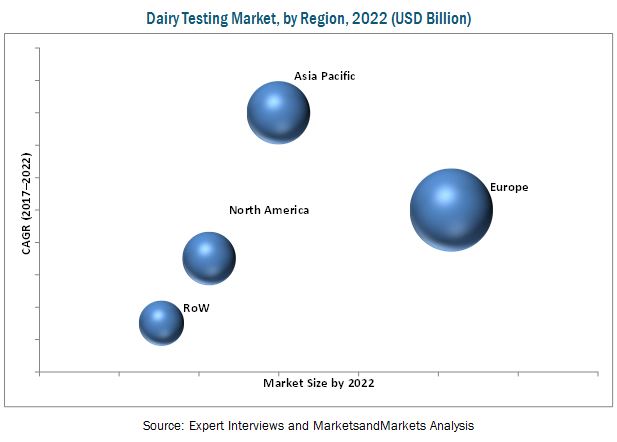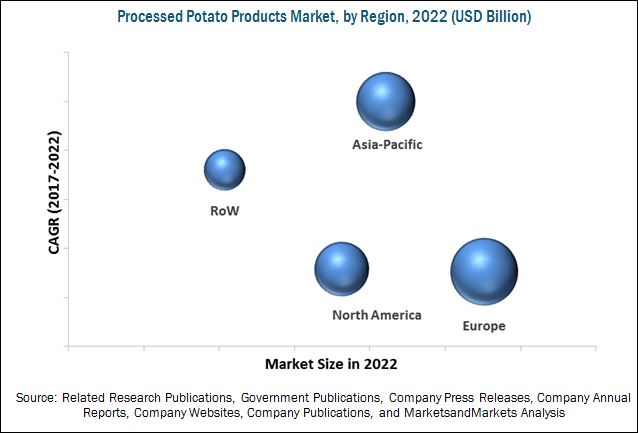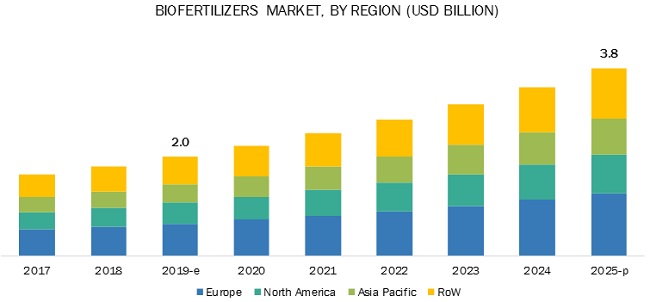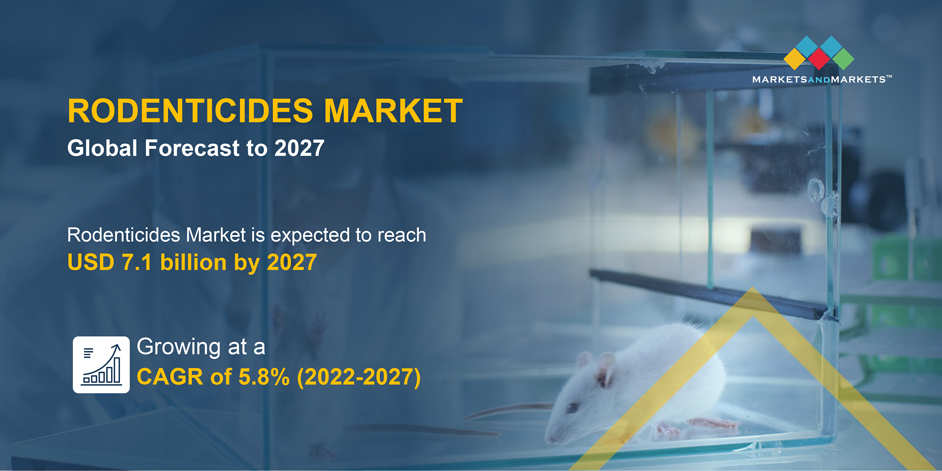Vitamin & mineral premixes are dry or liquid custom blends of a wide range of vitamins, minerals, or combinations of vitamins & minerals, which are used in food & beverages, animal feed, healthcare, and personal care applications for enrichment or fortification purposes with an objective of enhancing the nutritional value of the products. The growth of Vitamin & Mineral Premixes Market is attributed to the growing demand for fortified food & beverage products, the rise in consumption of compound feed, the growing need for food enrichment due to high processing levels of food products, and customized nature & specificity to individual customer requirements.
On the basis of type, the vitamin & mineral combinations segment dominated the global market in 2016, globally, followed by vitamin premixes. The food and feed manufacturers’ inclination toward premixes which are inclusive of all the essential vitamins and minerals, as opposed to opting for various vitamin & mineral premix products, drive the market for vitamin & mineral combinations. The segment is also projected to be the fastest-growing during the forecast period.
Download PDF Brochure:https://www.marketsandmarkets.com/pdfdownloadNew.asp?id=78349714
The feed segment is estimated to dominate the vitamin & mineral premixes market on the basis of application through the forecast period. Nutritional benefits provided by vitamin and mineral premixes for the maintenance of animal well-being and increase in consumer awareness regarding required pet nutrition globally has resulted in the significant market share of feed applications in the market.
On the basis of form, the powder segment accounted for the largest share of this market in 2016. Convenience in the packaging of powdered premixes and their comparatively stable nature to liquid form are some of the main factors responsible for the growth of the powder segment in the market.
The demand for food and feed products with specific health benefits is experiencing growth in the Asia Pacific region owing to the changing lifestyles of customers. The major drivers for vitamin & mineral premixes in this region are the growing regional population; rise in disposable incomes; rapid urbanization, especially in China, India, and Japan; and continuous modernization in the food & feed industry. Rising population and changing consumer tastes & preferences for healthy and sustainable lifestyles drive the growth of the vitamin & mineral premixes market.
Speak to Analyst: https://www.marketsandmarkets.com/speaktoanalystNew.asp?id=78349714
This report studies marketing and development strategies, along with the product portfolios of leading companies such as DSM (Netherlands), Corbion (Netherlands), Glanbia (Ireland), Vitablend Nederland (Netherlands), Watson (US), SternVitamin (Germany), The Wright Group (US), Zagro Asia (Singapore), Nutreco (Netherlands), Farbest-Tallman Foods Corporation (US), Burkmann Industries (US), and Bar-Magen (Israel).
Target Audience:
- Associations and industry bodies
- Commercial research & development (R&D) institutions
- Food processors and food manufacturers
- Feed, personal care, and nutraceutical product manufacturers
- Regulatory bodies such as the Food and Drugs Organization (FDA), the European Commission, the European Food Safety Authority (EFSA), and the Food Standards Australia New Zealand (FSANZ)
- Commercial research & development (R&D) institutions and financial institutions
- Importers and exporters of vitamin & mineral premixes
- Traders, distributors, and raw material suppliers
- Industry experts
